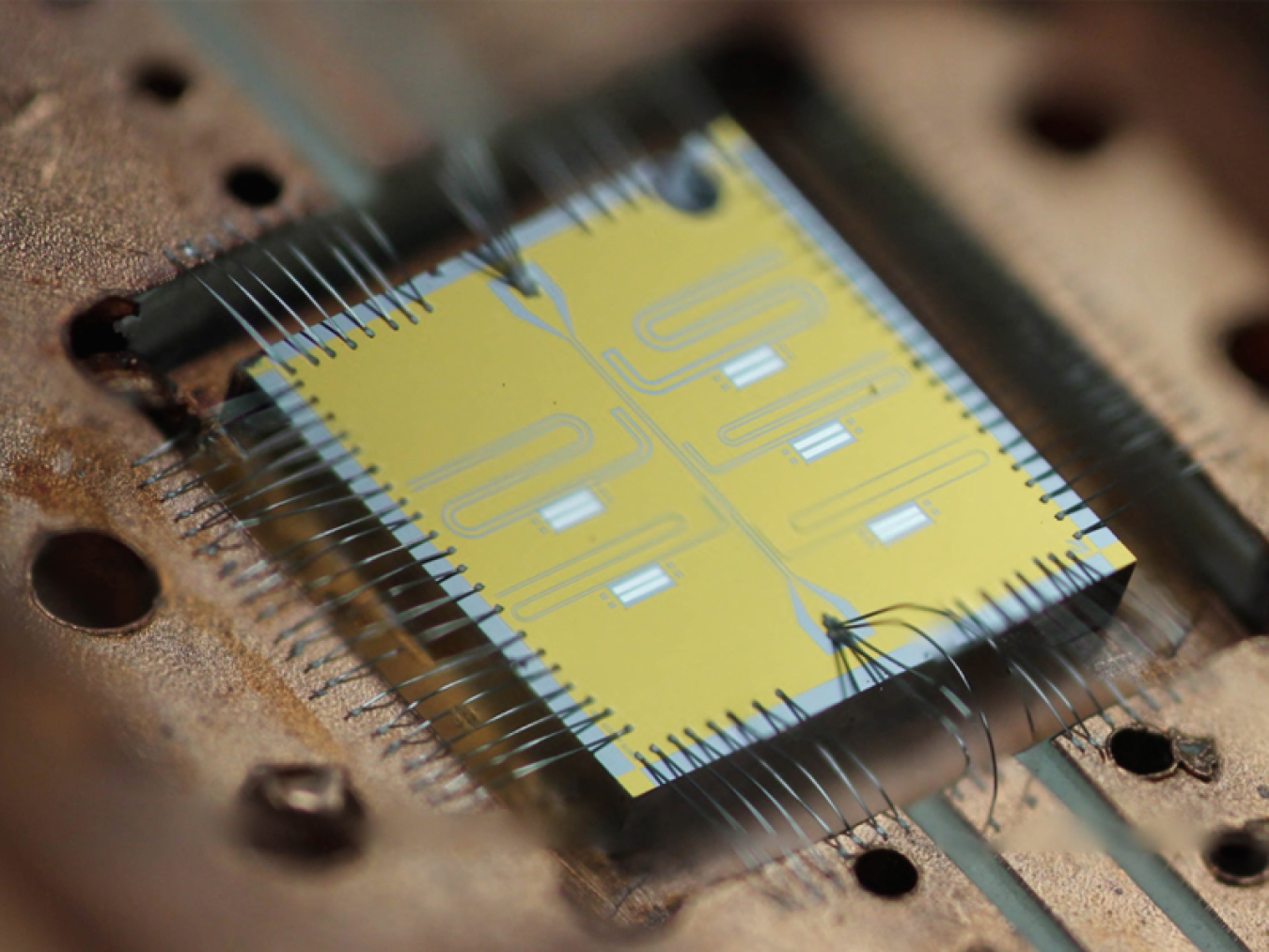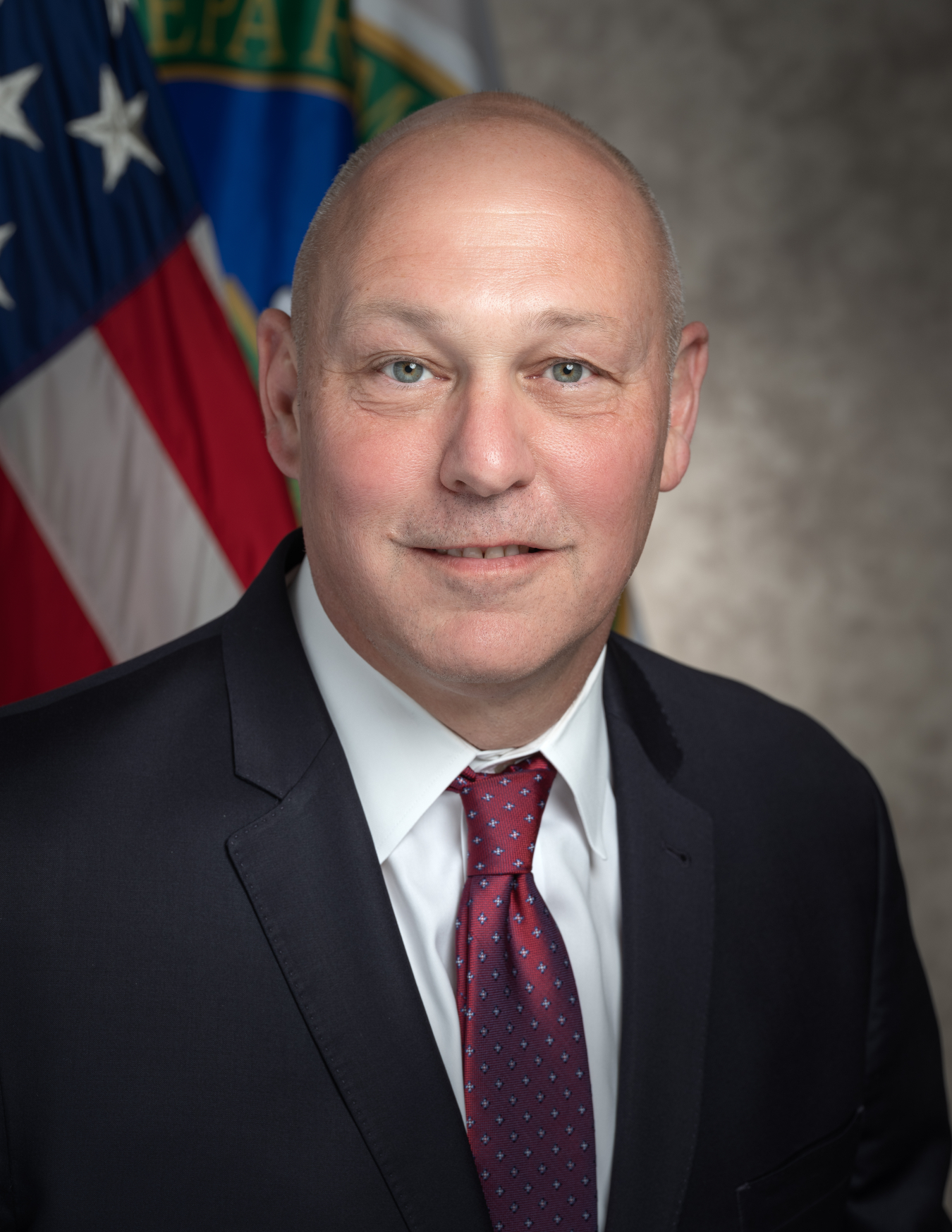New Quantum Information Science Centers will be key to technologies harnessing quantum physics.
January 24, 2020
The world of quantum is the world of the very, very small. At sizes near those of atoms and smaller, the rules of physics start morphing into something unrecognizable—at least to us in the regular world. While quantum physics seems bizarre, it offers huge opportunities.
Quantum physics may hold the key to vast technological improvements in computing, sensing, and communication. Quantum computing may be able to solve problems in minutes that would take lifetimes on today’s computers. Quantum sensors could act as extremely high-powered antennas for the military. Quantum communication systems could be nearly unhackable. But we don’t have the knowledge or capacity to take advantage of these benefits—yet.
The Department of Energy (DOE) recently announced that it will establish Quantum Information Science Centers to help lay the foundation for these technologies. As Congress put forth in the National Quantum Initiative Act, the DOE’s Office of Science will make awards for at least two and up to five centers.
These centers will draw on both quantum physics and information theory to give us a soup-to-nuts understanding of quantum systems. Teams of researchers from universities, DOE national laboratories, and private companies will run them. Their expertise in quantum theory, technology development, and engineering will help each center undertake major, cross-cutting challenges. The centers’ work will range from discovery research up to developing prototypes. They’ll also address a number of different technical areas. Each center must tackle at least two of these subjects: quantum communication, quantum computing and emulation, quantum devices and sensors, materials and chemistry for quantum systems, and quantum foundries for synthesis, fabrication, and integration.
The impacts won’t stop at the centers themselves. Each center will have a plan in place to transfer technologies to industry or other research partners. They’ll also work to leverage DOE’s existing facilities and collaborate with non-DOE projects.
As the nation’s largest supporter of basic research in the physical sciences, the Office of Science is thrilled to head this initiative. Although quantum physics depends on the behavior of very small things, the Quantum Information Science Centers will be a very big deal.
The Office of Science is the single largest supporter of basic research in the physical sciences in the United States and is working to address some of the most pressing challenges of our time. For more information, please visit /science.
Dr. Chris Fall

Dr. Chris Fall served as Director of the Department of Energy's Office of Science, the lead federal agency supporting fundamental scientific research for energy and the nation's largest supporter of basic research in the physical sciences. He oversaw the Office's two principal thrusts: direct support of scientific research, and development, construction, and operation of unique, open-access scientific user facilities that are made available to external researchers. The Office of Science also is responsible for stewardship of 10 of the Department's 17 national laboratories.
Before joining the Office of Science, Fall served as a Senior Advisor to the Undersecretary for Energy and as Acting Director of DOE's Advanced Research Projects Agency-Energy (ARPA-E). Fall came to DOE from the Office of Naval Research (ONR), where he served for more than seven years in a variety of roles including Acting Chief Scientist and Lead for the Research Directorate, Deputy Director of Research, Director of the International Liaison Office, and the ONR Innovation Fellow. While on loan from ONR, Fall served for three years in the White House Office of Science and Technology Policy as Assistant Director for Defense Programs and then as Acting Lead for the National Security and International Affairs Division. Before government service, Fall was a faculty member at the University of Illinois at Chicago, and he completed postdoctoral fellowships at the University of California at Davis Institute for Theoretical Dynamics and the New York University Center for Neural Science.
Fall earned a Ph.D. in Neuroscience and a B.S. in Mechanical Engineering from the University of Virginia. He also holds an MBA from Northwestern University's Kellogg School of Management.

